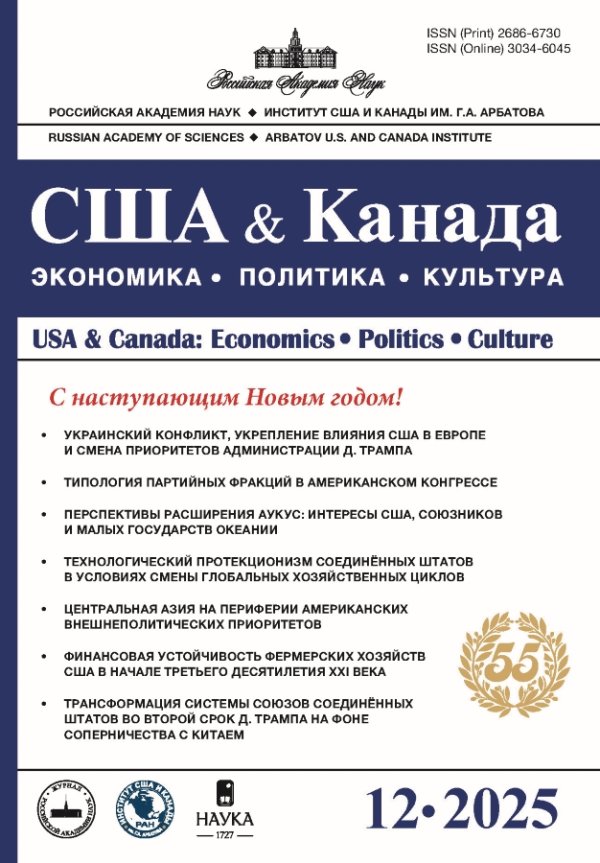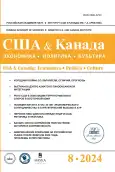Эволюция баланса сил в Северо-Восточной Азии: значение для регионального статус-кво
- Авторы: Ким Е.У.1
-
Учреждения:
- Институт Китая и современной Азии РАН (ИКСА РАН)
- Выпуск: № 8 (2024)
- Страницы: 16-24
- Раздел: Международная конференция «США и меняющийся баланс сил в АТР» 26 апреля 2024 г.
- URL: https://journals.rcsi.science/2686-6730/article/view/261725
- DOI: https://doi.org/10.31857/S2686673024080027
- EDN: https://elibrary.ru/XFGVRK
- ID: 261725
Цитировать
Полный текст
Аннотация
Ключевые слова
Об авторах
Ен Ун Ким
Институт Китая и современной Азии РАН (ИКСА РАН)
Email: kim@iccaras.ru
ORCID iD: 0000-0002-8449-7135
Scopus Author ID: 693534
кандидат философских наук, ведущий научный сотрудник Москва, Российская Федерация
Список литературы
- 조선민주주의인민공화국과 로씨야련방사이의 포괄적인 전략적동반자관계에 관한 조약 (Договоре о всеобъемлющем стратегическом партнёрстве между Корейской Народно-Демократической Республикой и Российской Федерацией) Available at: http://www/kcna/kp|kp|article|q|848b072d48dcc965d89ce5f716e78e71/kcmsf/ (accessed: 20.06.2024).
- Сим Хо Нен. Корейская война: истоки, ход и перемирие. Российско-корейские отношения в формате параллельной истории. Под. ред., А.В. Торкунова и Ким Хак-Чуна. -М.: Издательство «Аспект Пресс»,2022. - 942 с. (с. 371-418).
- Торкунов А.В. Корейская война (1950-1953 гг.). Российско-корейские отношения в формате параллельной истории. Под. ред., А.В. Торкунова и Ким ХакЧуна. М.: Издательство «Аспект Пресс»,2022. - 942с. (с. 343-370).
- Doyle, M. Why They Don’t Fight. The Surprising Endurance of the Democratic Peace. Available at: https://www.foreignaffairs.com/world/why-they-dont-fight-doyle?utm_medium=newsletters&utm_source=fatoday&utm_campaign=Green%20Peace&utm_content=20240621&utm_term=EDZZZ003ZX/ (accessed: 19.06.2024).
Дополнительные файлы










